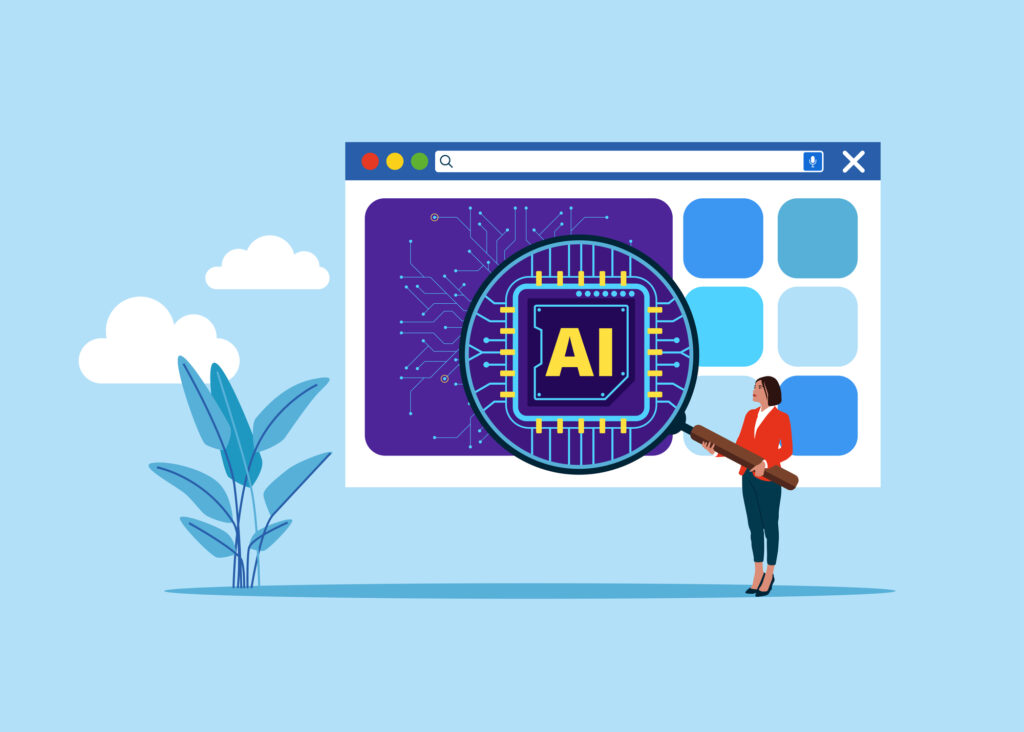For decades, demand planning has been part art, part science—a delicate balance between seasoned intuition and historical data analysis. Supply chain managers would scrutinize spreadsheets, identify patterns, and make educated guesses about future inventory needs. While this approach served businesses adequately in stable markets, today’s volatile consumer landscape demands something more sophisticated, more precise, and infinitely more agile. Artificial intelligence has emerged as the transformative force that’s shifting demand planning from subjective estimation to objective prediction, delivering measurable results that directly impact the bottom line.
The High Cost of Getting It Wrong
The consequences of inaccurate demand forecasting extend far beyond minor inconveniences. When companies underestimate demand, they face stockouts that translate to lost sales, disappointed customers, and damaged brand reputation. Research from IHL Group indicates that retailers lose approximately $1 trillion annually due to out-of-stock scenarios and overstocking combined. These aren’t merely statistics—they represent real customer frustration when a popular product vanishes from shelves, forcing shoppers to competitors who had the foresight or fortune to maintain adequate inventory levels.
Conversely, overestimating demand creates its own financial burden. Excess inventory ties up capital that could be deployed elsewhere, occupies expensive warehouse space, and risks obsolescence—particularly problematic for fashion retailers, technology companies, and businesses dealing with perishable goods. The carrying costs associated with surplus inventory typically range between 20-30% of the product’s value annually, encompassing storage, insurance, depreciation, and opportunity costs. For large enterprises managing thousands of SKUs across multiple locations, these inefficiencies compound exponentially.
The Limitations of Traditional Forecasting Methods
Traditional demand planning typically relies on time-series analysis, examining historical sales patterns to project future demand. Analysts identify seasonality, trends, and cyclical patterns, then apply statistical methods to generate forecasts. While mathematically sound, this approach suffers from fundamental limitations in today’s dynamic marketplace. It assumes that historical patterns will repeat with reasonable consistency—an increasingly dubious assumption in an era characterized by viral social media trends, supply chain disruptions, rapid technological change, and unpredictable global events.
Human judgment, while valuable, introduces its own biases. Confirmation bias leads planners to favor information that supports their preconceptions. Recency bias causes recent events to weigh disproportionately heavily in decision-making, potentially causing overreactions to temporary fluctuations. Anchoring bias keeps forecasts tethered to initial estimates even when new evidence suggests adjustment. These cognitive limitations aren’t failures of individual capability—they’re inherent features of human psychology that affect even the most experienced professionals.
How AI Transforms the Forecasting Paradigm
Artificial intelligence, particularly machine learning algorithms, approaches demand planning from an entirely different angle. Rather than relying primarily on historical sales data and human interpretation, AI models ingest vast arrays of internal and external variables simultaneously—sales history, promotional calendars, pricing strategies, competitor activities, weather patterns, economic indicators, social media sentiment, search trends, and countless other factors that influence purchasing behavior. These algorithms identify complex, non-linear relationships that would be impossible for human analysts to detect manually.
Machine learning models continuously improve through iterative learning. Each forecast cycle provides new data that the algorithm uses to refine its understanding of demand drivers and their interactions. Unlike static statistical models that require manual recalibration, AI systems automatically adjust their parameters as market conditions evolve. This self-improving characteristic means accuracy compounds over time, with models becoming increasingly attuned to the specific dynamics of each product category, geographic region, and customer segment.
Deep learning architectures, particularly neural networks designed for sequential data, excel at capturing temporal dependencies and pattern recognition across multiple time scales. These models can simultaneously account for daily fluctuations, weekly cycles, monthly seasonality, and annual trends while also identifying anomalies that signal fundamental shifts in consumer behavior. The result is forecast accuracy that consistently exceeds traditional methods by 20-50% across diverse industries and product categories.
Real-World Success: Retail Revolution
Walmart, the world’s largest retailer, provides a compelling case study in AI-driven demand planning transformation. The company processes over 2.5 petabytes of data hourly to forecast demand across its vast product portfolio. By implementing machine learning models that consider factors ranging from local events and weather patterns to social media trends and competitor pricing, Walmart reduced out-of-stock incidents by 30% while simultaneously decreasing excess inventory. This optimization freed up billions in working capital and improved customer satisfaction scores measurably.
The sophistication of Walmart’s approach extends to hyperlocal forecasting. Rather than treating all stores identically, their AI models generate unique predictions for each location, accounting for demographic characteristics, local preferences, seasonal variations, and even individual store layouts. During hurricane season, for example, the system automatically adjusts predictions for emergency supplies based on storm trajectory models, ensuring adequate stock in potentially affected areas without creating unnecessary inventory buildup in unaffected regions.






